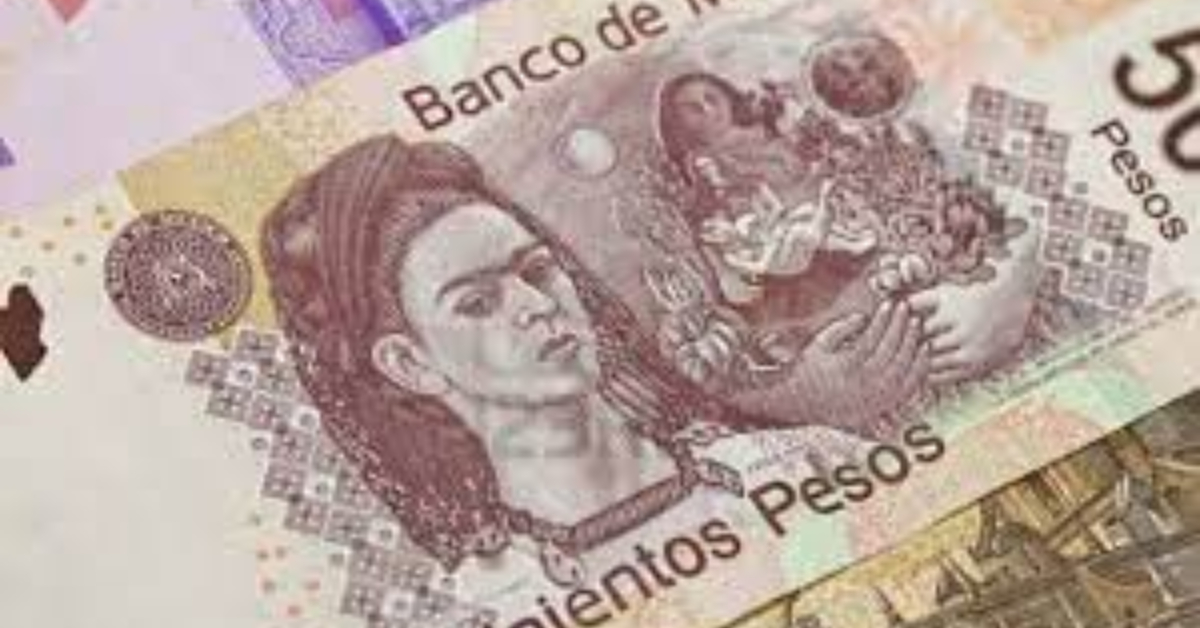I have lived in Mexico for 15 years and have found that the refusal to accept torn bills at businesses is common, with OXXO being the main offender. It wasn’t until this week’s report from Mexico’s consumer protection agency about the usage of torn and stained bills that I learned the practice of refusing bills is illegal.
The Bank of Mexico (Banxico) has said that torn and scratched bills do not lose their value and that therefore we can pay with them in any establishment.
But, it is very likely that you have tried to pay with that stained bill you carry in your wallet and it is rejected. Given this situation, Banxico ensures that a person can exchange it at a bank branch that has the exchange service for bills and coins, although the act of refusing your bills is not legal.
You can file a complaint with the Federal Consumer Protection Agency (Profeco) if a business refuses your bills.
- If you want to report to Profeco, you must call the telephone numbers 555568-8722, from Mexico City, or 800-4688-722, from Monday to Friday from 9:00 a.m. to 7:00 p.m.
- Another option is to write an email to the address [email protected] .
The Bank of Mexico reported that the only reason why establishments can refuse to accept a bill occurs when the paper money has words, phrases, or drawings of a commercial, political or religious nature written on the bill.
What to do if a banknote is suspected to be counterfeit?
According to the Bank of Mexico, if you have a banknote or coin that suspects its authenticity (allegedly fake), it should not be used to make payments.
“Making payments with a false coin is a federal crime that is punishable by up to twelve years in prison,” explains the central bank.
A person who has a supposedly counterfeit bill in his possession must take it to any bank branch so that it can be sent free of charge to the Bank of Mexico for analysis. This is because Banxico is the only institution in the country that determines authenticity.
If you go to an establishment and make a payment, but the person in charge tells you that they will keep the bill or coin because it looks fake, you should know that banks are the only institutions that can keep bills or coins that look fake and, change, they should give you a receipt.
“Only banking institutions can retain an allegedly false piece. In exchange for it, they must submit a format called ‘Receipt for the Retention of Metallic Coins and/or Presumably False or Altered Bills’. It is very important that the receipt has a number from the Currency Authentication System (“SAM Receipt Number”) provided by the Bank of Mexico or the number generated by the credit institution, in case of contingency, which will serve to track your piece. It is also important that the cashier who makes the withholding, and you, write down your names and sign Annex 6A”, explains the Central Bank.
Once the bill or coin has been sent for analysis, the credit institution has 20 banking business days to deliver the piece to the Bank of Mexico.
Once that happens, Banxico performs the analysis and publishes the result in a maximum period of 10 banking business days if it is national currency or 20 if it is foreign currency.
I have lived in Mexico for 15 years and have found that the refusal to accept torn bills at businesses is common, with OXXO . . .












